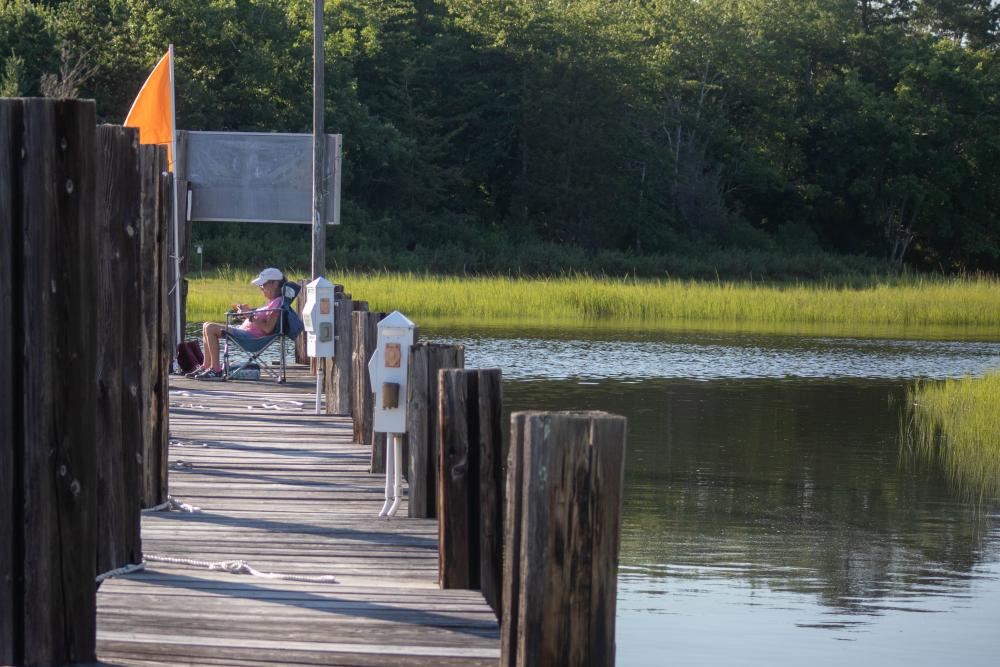Report: Salt marshes endangered by sea level rise
Salt Marshes in Marion and Mattapoisett are losing ground to rising sea levels, according to a Feb. 28 report by the Buzzards Bay Coalition that analyzed data collected over 18 years.
The report looked at 12 marshes across the region and found that a salt marsh at Mattapoisett Neck lost approximately 23% of its total area between 2001 and 2019. A salt marsh in Marion’s Hammett Cove lost approximately six percent of its total area in the same time period.
According to Rachel Jakuba, vice president of bay science for the Buzzards Bay Coalition and a co-author of the report, marshland is important for protecting the shoreline against erosion, trapping carbon that can contribute to climate change, and is important as an ecosystem for native wildlife.
“Marshes are really valuable ecosystems,” she said. “They provide habitat for a variety of species and [they act as ] nursery areas for fish and shellfish species.”
Buzzards Bay’s marshlands are “naturally dynamic,” she added. “They ebb and flow and change over time.”
However, environmental stressors like sea level rise, nitrogen pollution and tidal restrictions caused by human development can cause portions of marshlands to “slough off” and be consumed by the rising water.
The report estimates that around 200 acres of marshland could have been lost across Buzzards Bay between 2001 and 2019.
“All the marshes around Buzzards Bay are vulnerable to sea level rise,” Jakuba said. “Sea level rise is increasing with climate change, and it's very difficult for the marshes in our region to keep up with that.”
According to the report, marshes can handle rising waters if they can migrate inland to higher elevations.
“Land that is adjacent to salt marshes now is our best hope for salt marshes in the future,” she said. “The marshes being able to migrate inland is really important to be able to maintain marshes around Buzzards Bay in the future.”
The marsh at Hammett Cove is surrounded by an “undeveloped upland area” that is outside of coastal flood zones, and 63% of the marsh’s vegetation is suited to living at higher elevations. Currently, 11% of the marsh has no significant plant life, which contributes to erosion, and six percent of the marsh is in a low-lying area.
According to the report, most of Hammett Cove's marshland sits above the mean high water mark, meaning that it is less likely to flood under normal circumstances.
On the other hand, the marsh in Mattapoisett is surrounded by houses to the north and a culvert to the east, giving the native plant life few options to move inland. In addition, only 13% of the marsh’s vegetation is suited to higher elevations. Currently, 12% of the marsh is unvegetated, which contributes to erosion, and 14% of the marsh is in a “low-lying” area.
“The number one thing that towns can do is try and protect property behind salt marshes,” said Jakuba. “So make sure that we're not building right down to the marsh.”
The Buzzards Bay Coalition, along with the Buzzards Bay National Estuary Program and the Woodwell Climate Research Center and United States Geological Survey, plan to continue monitoring the region’s marshlands in the years to come.
“We'll be back out at all of these sites for the long term,” Jakuba said, “to monitor what's happening, how things are changing [and] how fast things are changing.”
















